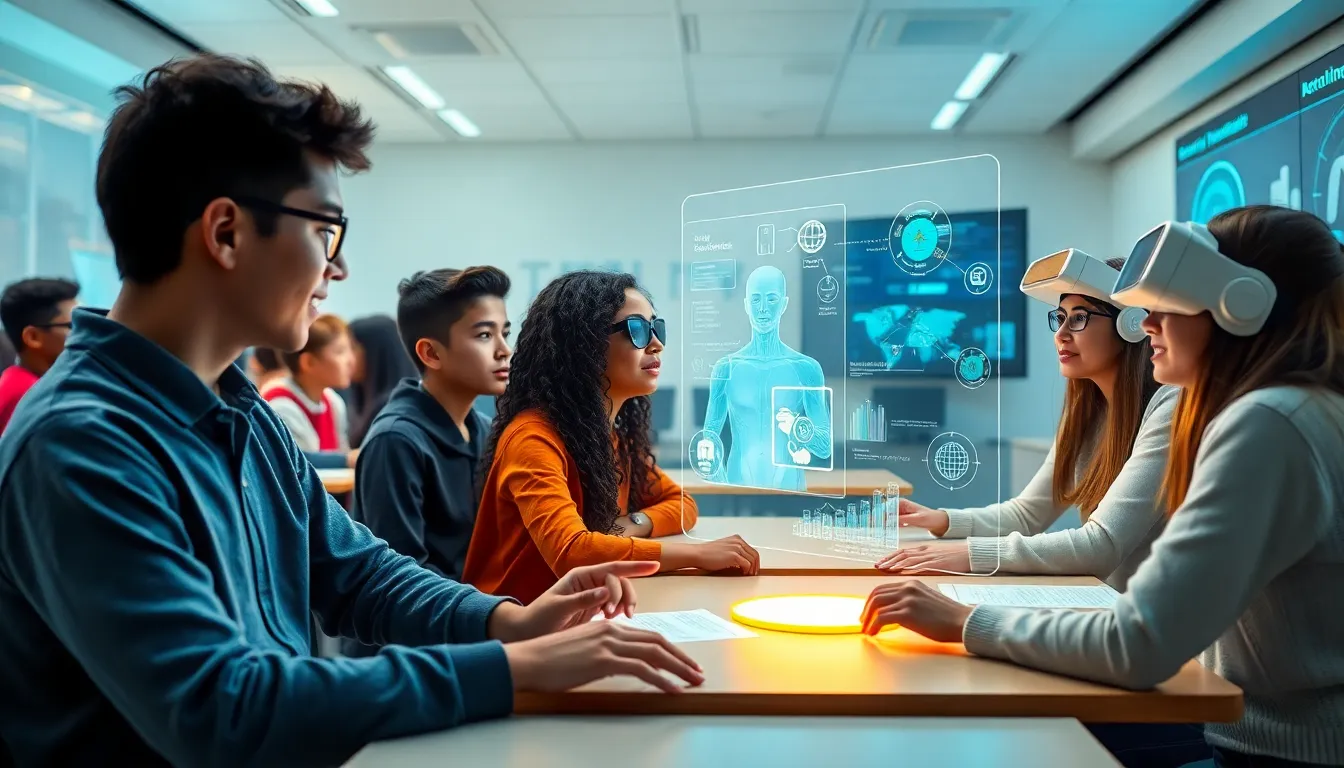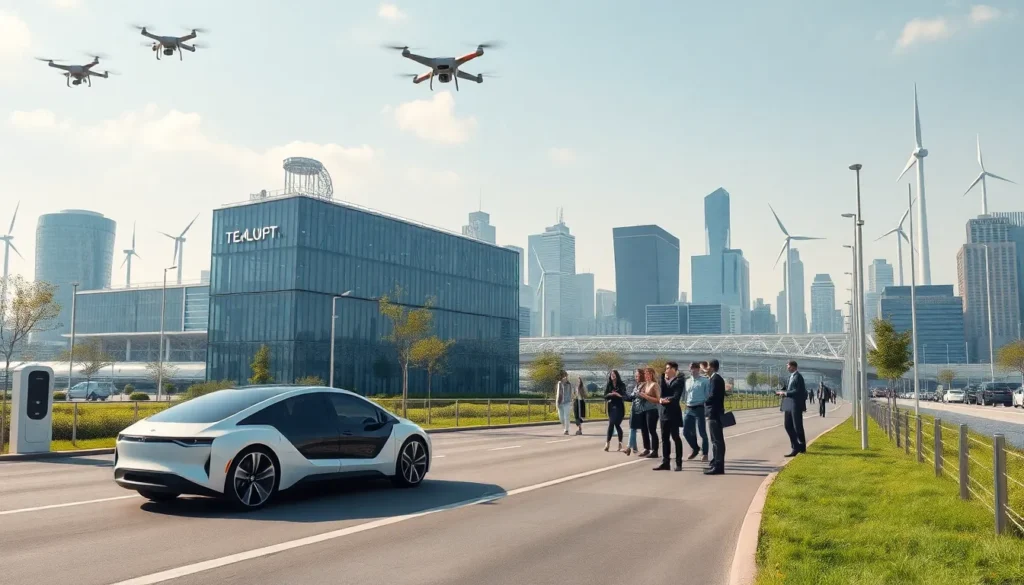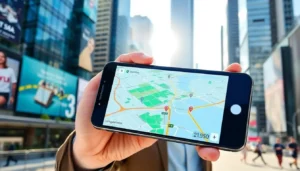Table of Contents
ToggleImagine a future where your morning coffee is brewed by a robot, your commute is through a network of self-driving cars, and you can visit the Eiffel Tower without leaving your living room. Welcome to 2050. As technology, society, and the environment evolve, the world will look drastically different, and we’ll explore how these changes shape our daily lives. Buckle up because it’s going to be a thrilling ride into tomorrow.
Technological Advancements

Artificial Intelligence and Automation
In 2050, artificial intelligence will transcend current capabilities, becoming woven into the fabric of everyday life. From healthcare to education, AI will enhance efficiency in unprecedented ways. Think back to how complicated life used to be when manual processes dominated. Now, intelligent systems will perform tasks like diagnosing diseases, managing financial portfolios, and even teaching students. Just imagine a classroom where AI tutors adapt lessons to each student’s learning pace, leaving traditional learning methods in the dust.
Virtual and Augmented Reality
Virtual and augmented reality will redefine entertainment, training, and even social interaction. Picture stepping into your favorite video game as if it were real or attending concerts from the comfort of your couch while feeling every beat. Companies will harness VR and AR to deliver immersive experiences, transforming the way people engage with content and with each other. Virtual vacations might become the norm, providing adventures to places far and wide, all without leaving home.
Sustainable Technologies
Renewable Energy Solutions
Amidst growing concerns about climate change, 2050 will see remarkable advancements in renewable energy. Solar panels might become more efficient than ever, while wind turbines could dot the landscape like modern art installations. Homes and businesses will likely operate entirely off renewable sources, dramatically decreasing dependence on fossil fuels. Energy storage solutions will also improve, allowing excess energy generated during sunny or windy days to be stored and used later, reducing wastage.
Innovations in Transportation
Forget traffic jams. By 2050, transportation will undergo a huge transformation. Electric vehicles will dominate the roads, bolstered by charging stations everywhere you turn. High-speed trains and hyperloops could link cities, reducing travel times significantly. Public transit systems could become fully automated, making getting from point A to point B simpler and cleaner than ever before. Who wouldn’t want to sip their morning coffee while zooming effortlessly to work?
Social and Cultural Changes
Global Demographic Shifts
As the global population continues to expand, demographic changes will impact social structures. By 2050, aging populations in developed countries may contrast starkly with youthful, vibrant societies in developing nations. This shift could lead to a rich tapestry of cultural exchange, as different ideas, traditions, and new perspectives come to the forefront. Expect a blending of cultural practices that celebrates diversity and fosters global understanding.
Evolving Work Environments
The nature of work will radically shift in the 2050 landscape. Remote working may transform from an exception to the norm, allowing for a better work-life balance. With AI helping to manage tasks, individuals will focus on creativity and innovation. Co-working spaces could become hubs of collaboration, stimulating new ideas among diverse teams. The daily grind might evolve into a more fluid experience, where individuals take control of their time and contributions almost at will.
Environmental Challenges
Climate Change Impacts
Even though advancements, the effects of climate change will continue to pose serious challenges. Increased temperatures, extreme weather events, and rising sea levels may reshape coastlines and habitats. Communities will need to adapt their infrastructure to survive. This could involve building floating cities or investing in fortified structures. But, innovative approaches might emerge, enabling humans to live harmoniously with their environment, striking a delicate balance between progress and preservation.
Biodiversity and Ecosystem Preservation
The fight for biodiversity will become a focal point. Many species may face extinction if human activities don’t adjust accordingly. Efforts could include rewilding projects to restore natural habitats and save endangered species. Technology may assist conservationists by using drone monitoring to track wildlife and digital platforms to educate the public about biodiversity’s importance. In 2050, the value of ecosystems will be recognized beyond monetary gain, inspiring collective action toward preservation.
Political and Economic Landscapes
Shifts in Global Power Dynamics
The future’s political landscape will likely be as dynamic as its technological advancement. As emerging economies grow, traditional powerhouses may shift, redefining global alliances. Nations will face the challenge of collaboration amid geopolitical tensions, balancing local interests with global imperatives. Expect more intergovernmental organizations aimed at tackling pressing issues, from climate change to health crises. Can diplomacy thrive when myriad interests collide? That’s the question leaders will grapple with.
Economic Inequality and Opportunities
While technological advancements may create new job opportunities, they could also deepen economic divides between skilled and unskilled labor. Automation might displace many workers, leading to urgent calls for educational reforms and reskilling programs. Initiatives aimed at addressing inequality will likely gain traction, fostering a spirit of collaboration where the economy serves everyone, not just the elite. The balance between innovation and inclusion will be crucial in shaping a fair economic landscape.







